Demystifying Epoxy Flooring Installation: What to Expect
A Step-by-Step Guide for a Flawless Epoxy Flooring Application
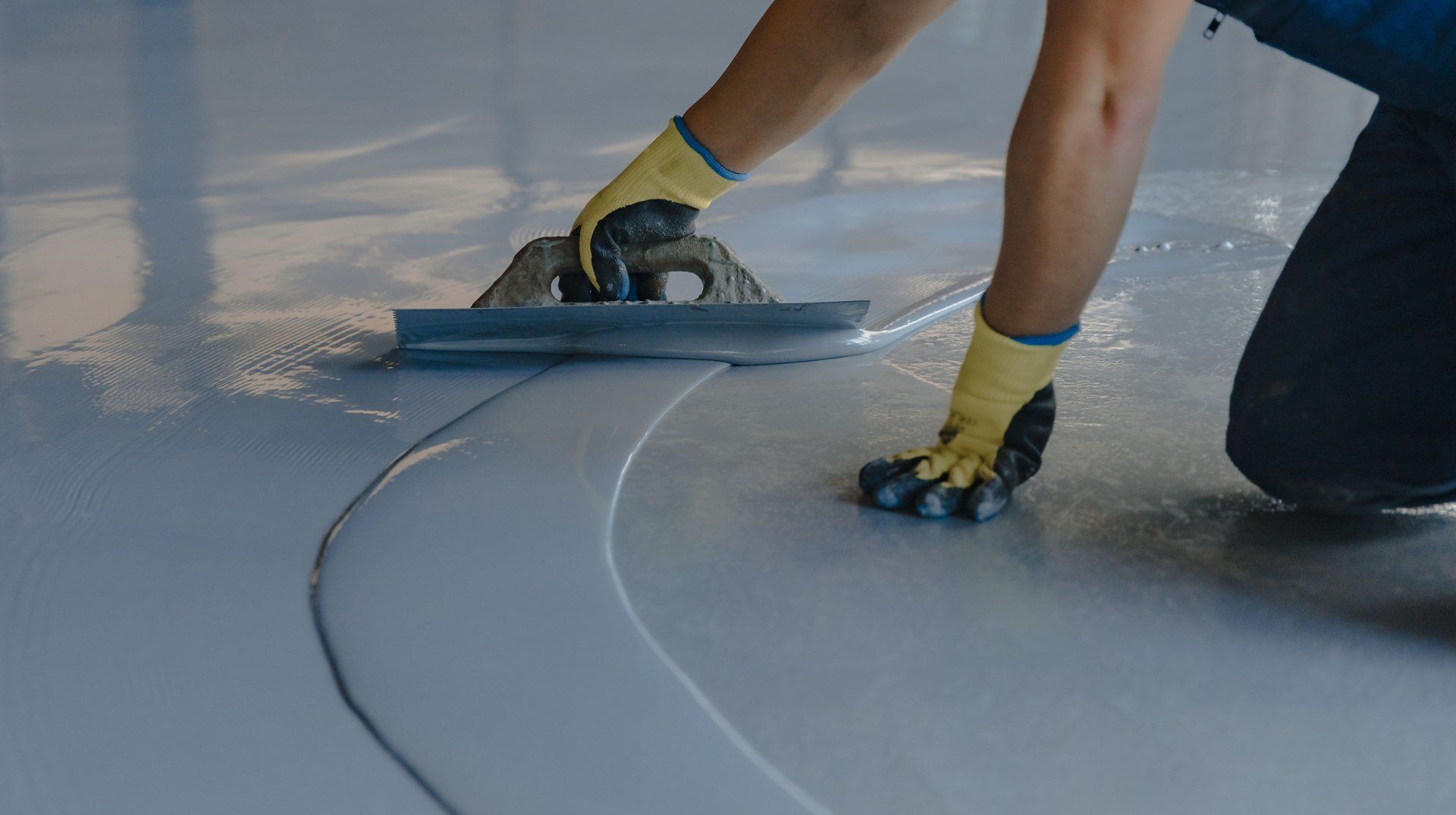
If you're considering epoxy flooring for your space, understanding the installation process is essential to ensure a successful outcome. Epoxy flooring offers numerous benefits, including durability, easy maintenance, and customization options. In this blog post, we will walk you through the installation process of epoxy flooring, providing valuable insights into what to expect at each stage. Let's dive in and gain a clear understanding of this transformative flooring solution.
- Surface Preparation:
- The first crucial step in epoxy flooring installation is surface preparation. This stage involves thoroughly cleaning the existing floor to remove any dirt, grease, or contaminants. The surface may also be mechanically prepared through methods like diamond grinding or shot blasting to create a rough profile, allowing better adhesion of the epoxy coating.
- Repair and Patching:
- Before applying the epoxy, any cracks, holes, or damaged areas on the floor are repaired and patched. This ensures a smooth and seamless application, preventing future issues.
- Primer Application:
- Once the surface is prepped and repaired, a primer is applied to enhance adhesion between the substrate and the epoxy coating. The primer helps create a strong bond, ensuring the longevity of the epoxy flooring.
- Epoxy Application:
- The epoxy application is the heart of the process. The epoxy resin and hardener are mixed according to manufacturer specifications and applied to the prepared surface. Depending on the desired thickness, multiple coats may be necessary. This stage requires precision and expertise to achieve a flawless finish.
- Optional Decorative Elements:
- If you've opted for decorative epoxy flooring, this is the stage where design elements, such as colors, patterns, or effects, are added. Customization options offer a unique touch that can transform the look of your space.
- Curing Period:
- After the epoxy is applied, it goes through a curing period. This is when the epoxy hardens and reaches its full strength. The curing time can vary depending on the specific epoxy used and environmental conditions.
- Final Inspection:
- Once the epoxy has fully cured, a final inspection is conducted to ensure the flooring meets quality standards and adheres to the design specifications. Any touch-ups or corrections are made during this phase.
Understanding the installation process of epoxy flooring is essential for a successful and long-lasting result. Proper surface preparation, expert application, and optional customization play crucial roles in achieving a high-quality epoxy floor. If you're considering epoxy flooring for your space, consult with professionals like K&A Coatings, who have the expertise to guide you through every step and deliver a superior epoxy flooring solution tailored to your needs.



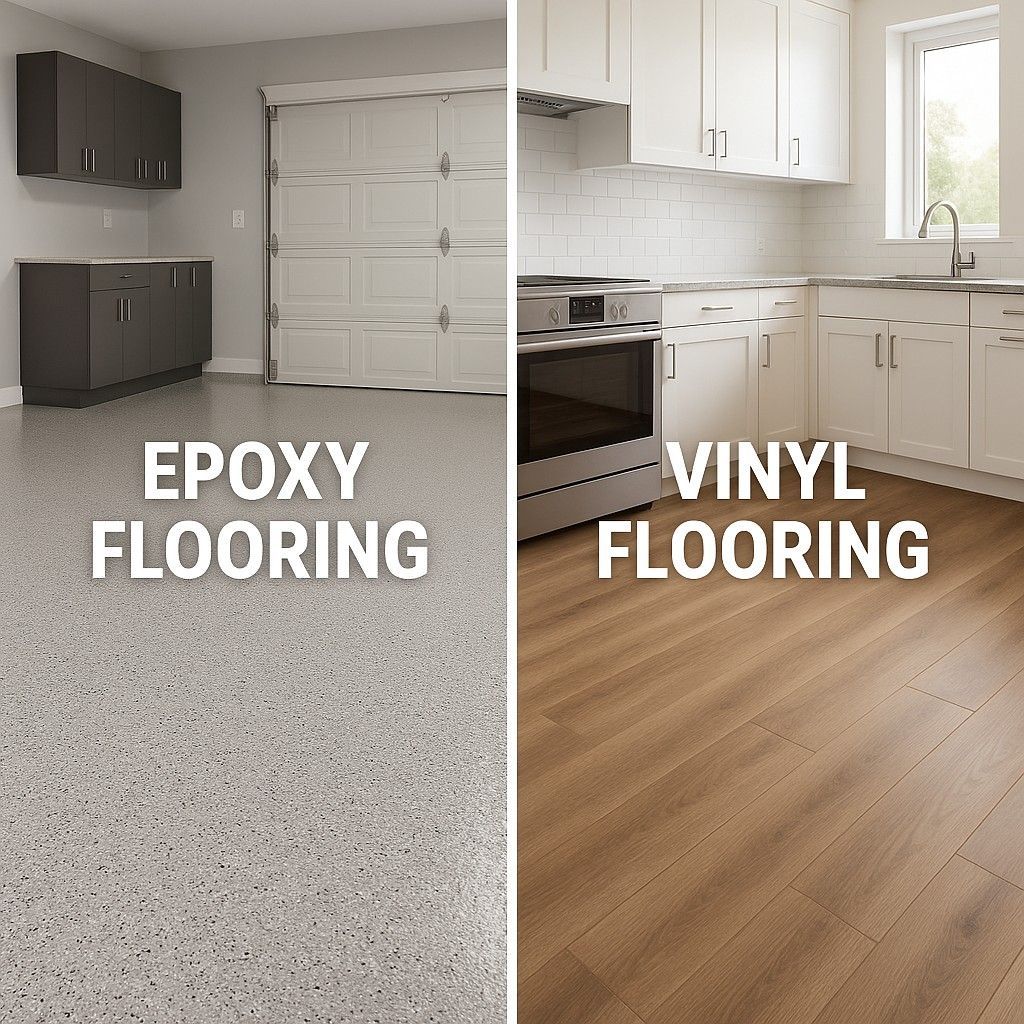



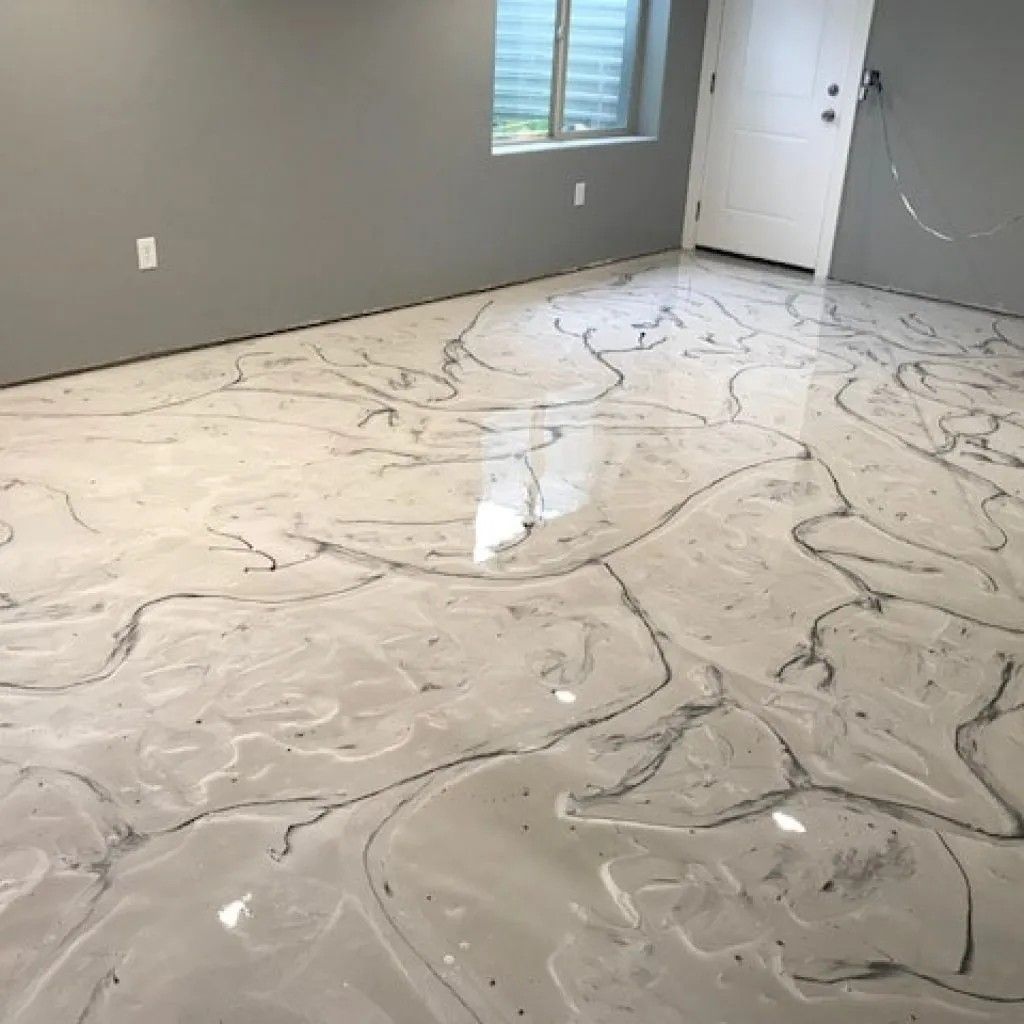
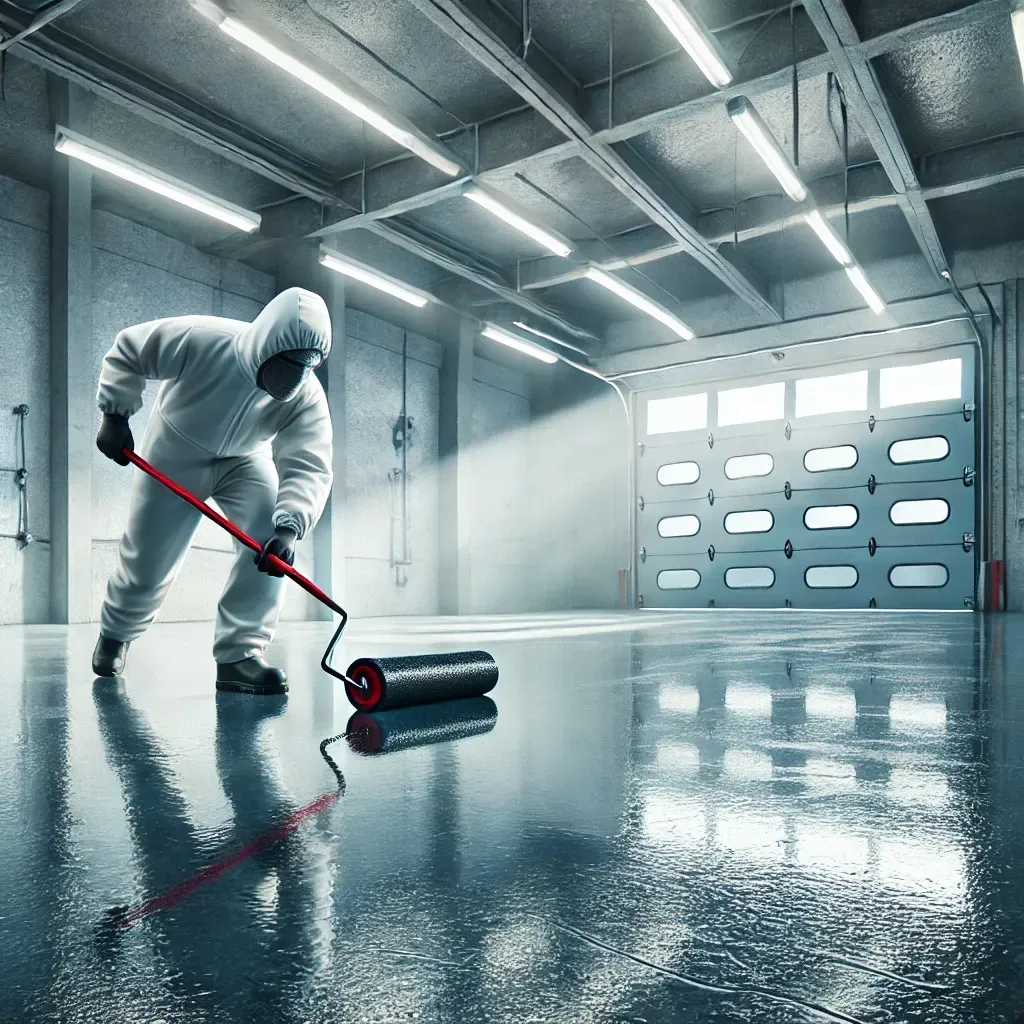
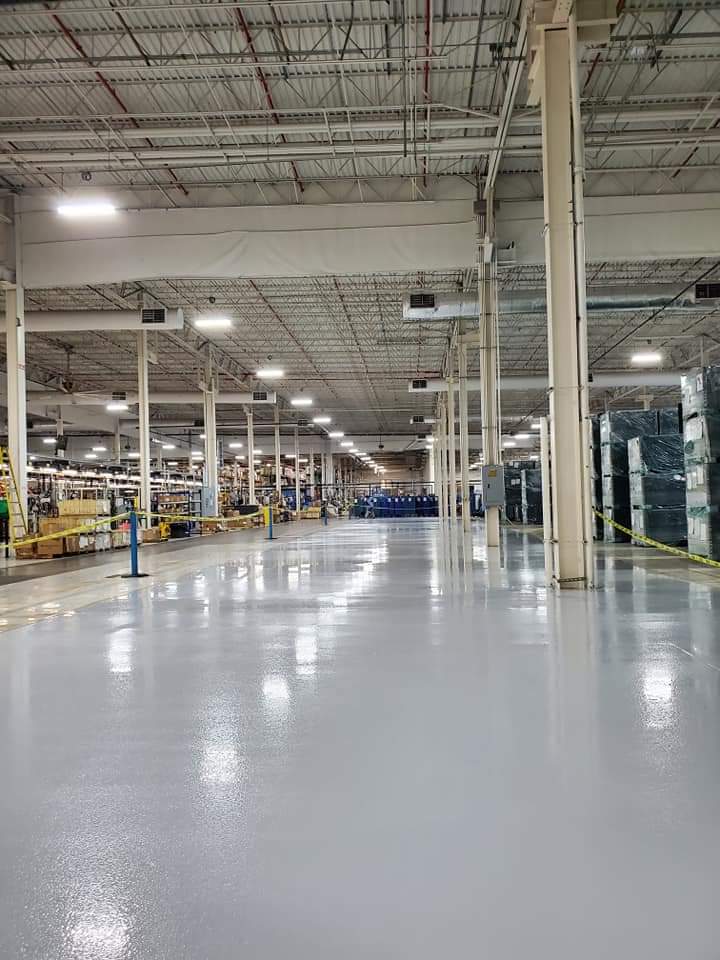









Share On: